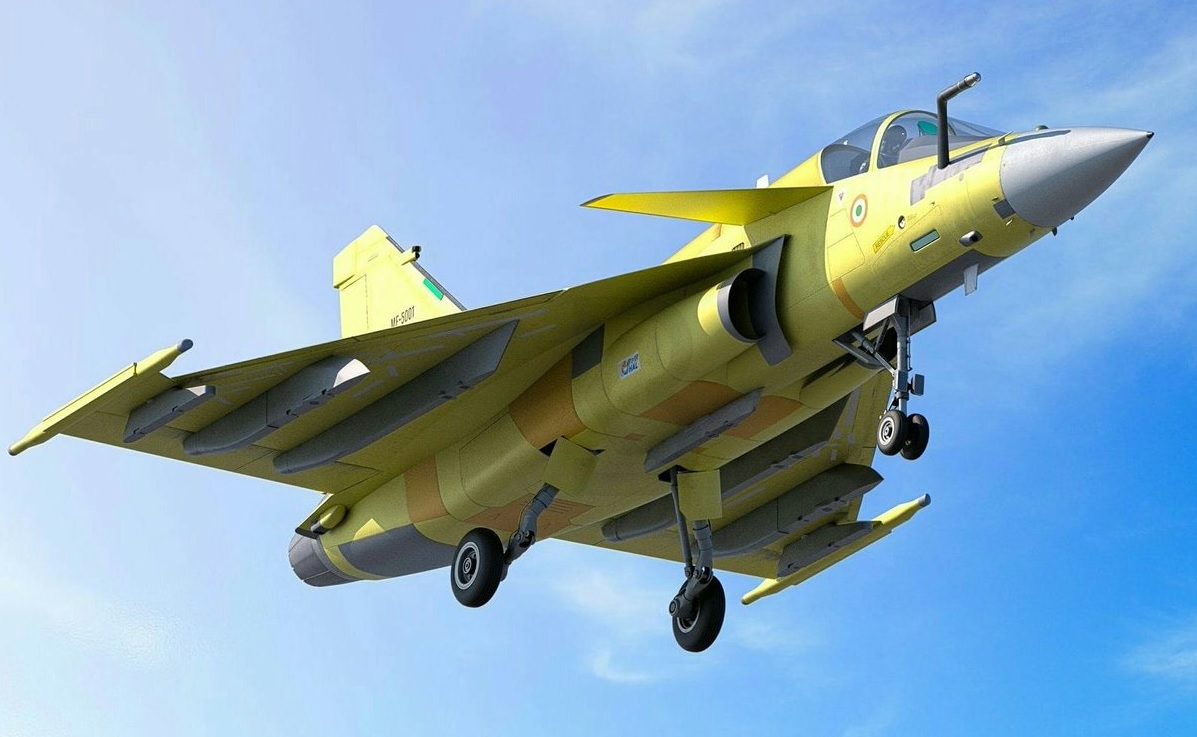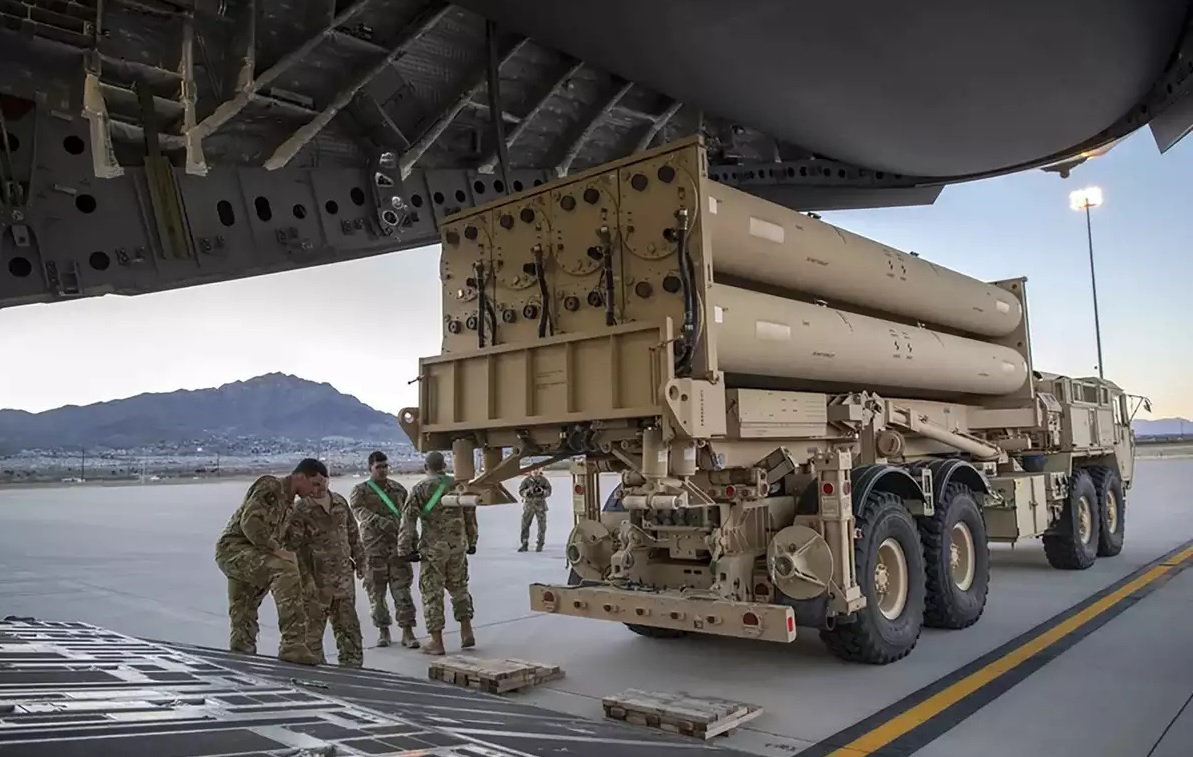Tejas Mk2 Prototype Assembly to Begin Soon India’s Next-Gen Fighter Set for March 2026 Rollout

The Indian Air Force’s much-anticipated next-generation fighter, the Tejas Mk2, is finally nearing a significant milestone. The assembly of the first prototype of the Tejas Mk2 is slated to begin soon, with expectations for a formal rollout by March 2026. This is a major step forward for India’s ambitious indigenous fighter jet program, which has been under development for several years.
According to officials at the Aeronautical Development Agency (ADA), this new timeline indicates steady progress for the project. Director of Avionics and Weapons Systems at ADA, Prabhulla Chandran VK, recently confirmed that the prototype should roll out within 18 months, putting it on track for its much-anticipated first flight sometime in 2026.
Once the first prototype is ready, the testing phase will begin. This involves a series of rigorous assessments, including taxi trials, ground engine runs, and systems checks, all crucial steps before the aircraft can take to the skies for its maiden flight. These evaluations are designed to ensure that the Tejas Mk2 meets performance expectations and fulfills the mission requirements of the Indian Air Force (IAF).
What makes the Tejas Mk2 a standout aircraft is the range of upgrades and improvements over its predecessor, the Tejas Light Combat Aircraft (LCA). This new variant is classified as a 4.5-generation fighter, featuring state-of-the-art enhancements that place it closer to the performance capabilities of advanced fighter jets globally. One of the most significant upgrades is the integration of the General Electric GE-F414 engine, a more powerful and efficient propulsion system that will boost the aircraft’s speed, endurance, and overall performance.
Design-wise, the Tejas Mk2 introduces a redesigned fuselage with close-coupled canards, which enhance maneuverability, especially in dogfights. These canards contribute to better aerodynamic control, allowing the aircraft to make sharper turns and quicker adjustments during combat scenarios. Additionally, the Tejas Mk2 will be equipped with an advanced Infra-Red Search and Track System (IRST), a sensor suite designed to detect and track enemy aircraft without relying on radar. This IRST system improves the pilot's situational awareness, giving them a distinct tactical advantage in combat.
The cockpit will also feature an enhanced avionics package, including an active electronically scanned array (AESA) radar, capable of tracking multiple targets simultaneously and offering superior tracking range and precision. The Tejas Mk2’s avionics will integrate seamlessly with various weapon systems, enabling the jet to carry a wide array of air-to-air, air-to-ground, and air-to-sea munitions, significantly expanding its combat role.
While there were some early concerns about potential delays, the program now seems firmly back on track, a testament to the collaborative effort between ADA, Hindustan Aeronautics Limited (HAL), and multiple private and public sector entities. This partnership underscores India’s push to reduce reliance on foreign defense imports by fostering indigenous development.
Looking ahead, the Tejas Mk2 will play a crucial role in the future of the Indian Air Force. It is expected to complement advanced fighter jets like the Rafale and serve alongside the planned Advanced Medium Combat Aircraft (AMCA), solidifying India’s defense capabilities and enhancing its strategic position in the region. Once inducted, the Tejas Mk2 will not only boost India's air superiority but also demonstrate the country's growing prowess in aerospace and defense technology on the global stage.
With the clock ticking toward the prototype’s rollout and subsequent first flight, the Tejas Mk2 is poised to become a critical asset for India’s military aviation, furthering the nation’s goals of self-reliance in defense production and strengthening its strategic capabilities.


